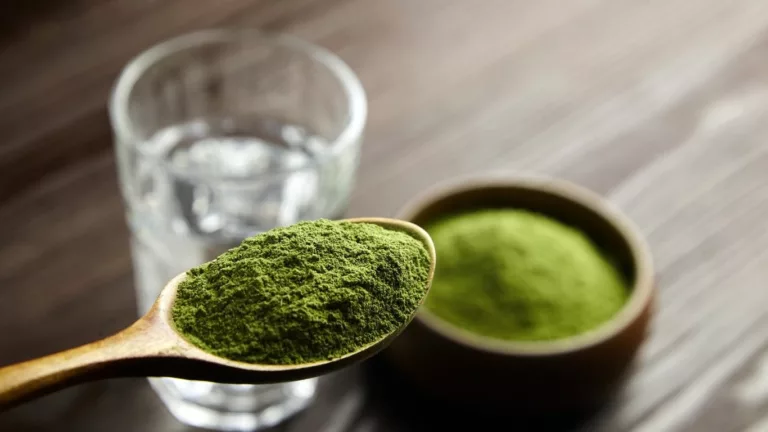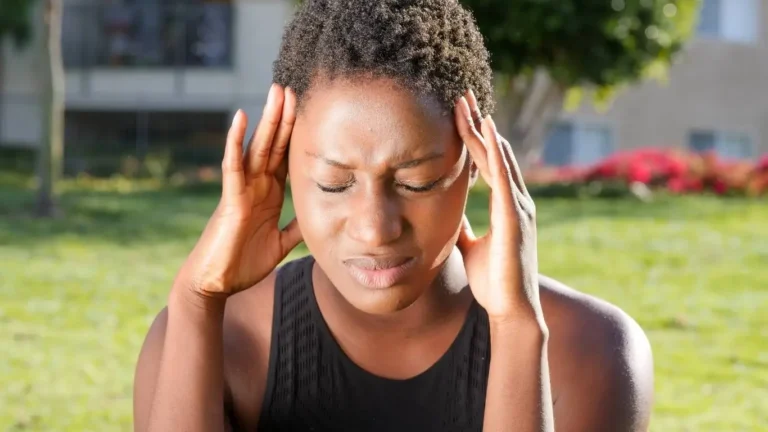Understanding Intrinsic vs. Extrinsic Asthma: The Lowdown on Your Breathing
Ever feel like your asthma flares up out of nowhere? Maybe it’s triggered by dust, smoke, or even strong smells. Or, perhaps it happens even when you’re chilling at home. Well, turns out there’s more than one type of asthma, and understanding the difference between intrinsic and extrinsic asthma can help you figure out what’s going on with your body.
What’s the Deal with Intrinsic vs. Extrinsic Asthma?
Okay, so asthma is basically a condition where your airways get all tight, inflamed, and produce extra mucus, making it tough to breathe. But did you know that not all asthma is the same? There are two main types: intrinsic and extrinsic asthma.
Intrinsic Asthma
This type is kinda mysterious because it doesn’t have an obvious trigger. It’s not like someone’s spraying perfume in your face or lighting a cigarette nearby. People with intrinsic asthma usually get symptoms without any obvious environmental cause, and it can start later in life, often after the age of 40.
Symptoms can be triggered by stuff like stress, infections, or even exercise, but there’s no clear external cause like allergens. It’s kinda like your immune system is going rogue and deciding to overreact even when everything seems fine.
Extrinsic Asthma
Now, extrinsic asthma is much more straightforward. It’s triggered by allergens—things like pollen, pet dander, or mold. If you’re allergic to something in your environment, like your neighbor’s cat or the pollen in the air during spring, that’s when extrinsic asthma might kick in.

The cool thing (well, maybe not “cool,” but useful) is that people with extrinsic asthma can often pin down exactly what’s causing their symptoms. These asthma triggers are usually pretty easy to spot.
So, What’s the Difference?
In short, intrinsic asthma is your body’s immune system acting up for no obvious reason, while extrinsic asthma is usually triggered by allergens. Intrinsic asthma doesn’t rely on outside factors, but extrinsic asthma can often be traced back to something you’re allergic to.
Both types have similar symptoms (think wheezing, coughing, tightness in the chest), but figuring out whether you’ve got intrinsic or extrinsic asthma can help you better manage it. It also helps doctors figure out the best treatment for you. Intrinsic asthma is typically harder to treat because there’s no clear trigger, while extrinsic asthma can be managed by avoiding allergens or taking allergy medications.
How Do You Know Which Type You Have?
If you’re wondering which type of asthma you’ve got, here are a few things to keep in mind:
- Age of Onset – Intrinsic asthma often starts later in life, around the age of 40 or older. If you’re dealing with asthma symptoms as an adult without a clear trigger, this might be your situation.
- Allergic Reactions – If you notice that your asthma gets worse when you’re exposed to pets, pollen, or dust, then it’s more likely that you’ve got extrinsic asthma. These triggers are typically linked to allergens.
- Triggers – Try to track what sets off your asthma. Do you get attacks after being around certain smells, chemicals, or pets? If yes, it’s probably extrinsic. But if your symptoms pop up with no clear reason, it might be intrinsic asthma.
Treating Intrinsic vs. Extrinsic Asthma
When it comes to managing asthma, it’s all about knowing what’s triggering it. Here’s how treatment usually goes down for both types:
For Intrinsic Asthma
Since intrinsic asthma doesn’t have a specific trigger, it’s often treated with general asthma medications like:
- Inhalers: Fast-acting bronchodilators to open up your airways.
- Steroids: These help reduce inflammation in your lungs, making it easier to breathe.
- Leukotriene modifiers: These help prevent asthma attacks by blocking substances in your body that cause inflammation.
Doctors may also suggest lifestyle changes like stress management techniques, regular exercise, and avoiding infections, which can make asthma worse.
For Extrinsic Asthma
If you’ve got extrinsic asthma, the first step is identifying what you’re allergic to. Then, treatment might include:
- Allergy medications: These could be antihistamines, nasal sprays, or even allergy shots (immunotherapy).
- Inhalers and steroids: These are still important for controlling asthma symptoms, especially if you’re dealing with flare-ups.
- Avoiding allergens: Simple stuff like keeping pets out of your bedroom or using air purifiers can help a lot.
Can You Have Both Types?
Yep! Some people have a mix of intrinsic and extrinsic asthma, which can make things a bit trickier to manage. This is known as “mixed asthma.” Basically, you’ve got a combo of allergy triggers and your immune system acting up on its own.
Tips for Managing Both Types of Asthma
- Know Your Triggers: If you’re allergic to something, avoid it. Sounds simple, but it can really make a difference.
- Stick to Your Medications: Even if you feel fine, don’t skip your inhalers or prescribed treatments. Asthma can be sneaky.
- Stay Active: Regular exercise can help strengthen your lungs and keep your asthma under control. Just make sure to warm up before working out, especially if exercise is a trigger for you.
- See Your Doctor Regularly: Your asthma might change over time, and it’s important to check in with your healthcare provider to make sure you’re on the best treatment plan.
Conclusion
So, whether it’s intrinsic or extrinsic asthma, the bottom line is understanding what’s going on with your body is the first step toward feeling better. Knowing whether your asthma is triggered by allergies or if your immune system is just being extra sensitive will help you get the right treatment and keep your symptoms under control. Always talk to your doctor if you’re unsure about your diagnosis—they’ll help you figure out the best way forward!

Appendices
FAQs
- Can I have both intrinsic and extrinsic asthma? Yes, some people experience both types, and this is called mixed asthma. It requires a combination of treatments to manage.
- How can I tell if my asthma is intrinsic or extrinsic? Look for patterns in your asthma attacks. Intrinsic asthma often has no clear triggers, while extrinsic asthma is linked to allergens like dust, mold, or pet dander.
- Is asthma something I’ll grow out of? It’s less common to outgrow asthma, especially if you have intrinsic asthma. However, some kids do outgrow allergic asthma over time.
- Can exercise trigger asthma? Yes, especially for people with intrinsic asthma. Exercise-induced asthma can cause wheezing and shortness of breath, but it can usually be managed with proper treatment.
- What’s the best way to manage asthma in the long run? Consistent use of medication, staying away from triggers, and having regular checkups with your doctor are the best ways to manage asthma over time.
References
- American Lung Association. (2023). Types of Asthma and Their Treatments. Read More
- National Heart, Lung, and Blood Institute. (2024). Asthma Overview. Read More
- Mayo Clinic. (2023). Asthma: Symptoms, Causes, and Treatment. Read More
Disclaimer
This article is intended for informational purposes only and should not be used as a substitute for professional medical advice. Always consult with your healthcare provider for advice tailored to your specific condition and needs.


Bianca Nala is a compassionate Nurse Practitioner with a strong background in primary and respiratory care. As a health writer for Healthusias.com, she combines her clinical expertise with a talent for clear, relatable storytelling to help readers better understand their health. Bianca focuses on topics like asthma, COPD, chronic cough, and overall lung health, aiming to simplify complex medical topics without losing accuracy. Whether she’s treating patients or writing articles, Bianca is driven by a single goal: making quality healthcare knowledge accessible to everyone.





